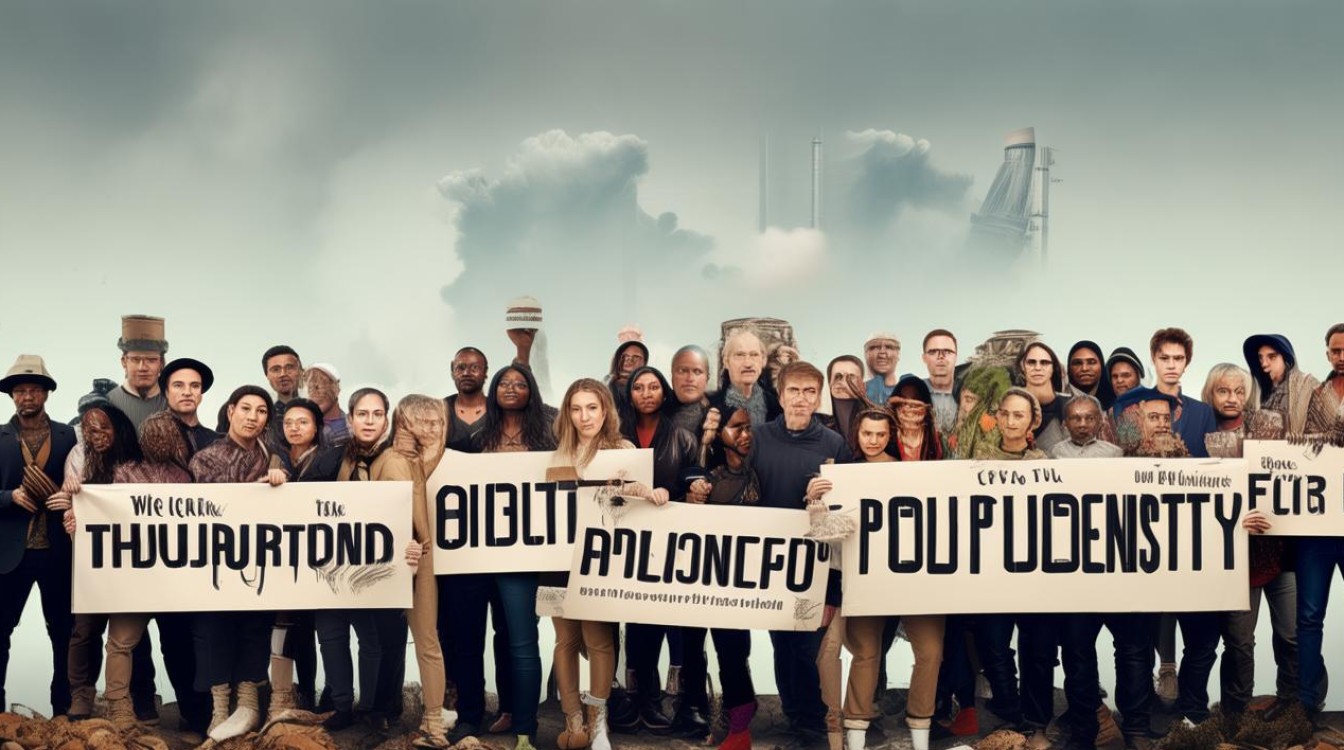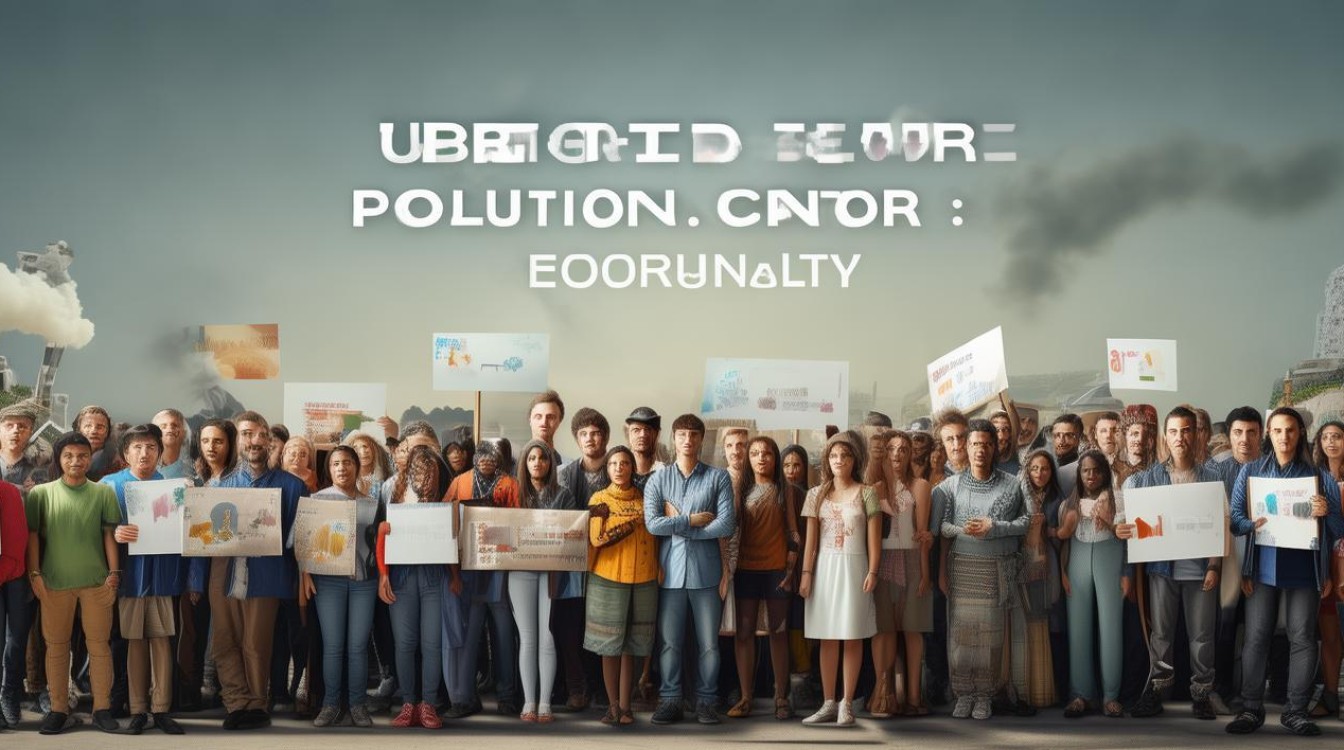Pollution has become one of the most pressing challenges of our time, threatening ecosystems, human health, and the planet's future. From smog-choked cities to plastic-filled oceans, the consequences of unchecked industrialization and unsustainable practices are evident. Addressing this crisis requires immediate action, innovative solutions, and global cooperation.

The Scope of the Pollution Problem
Pollution manifests in various forms—air, water, soil, and noise—each with devastating effects. Air pollution, primarily caused by vehicle emissions, industrial activities, and fossil fuel combustion, contributes to respiratory diseases and climate change. The World Health Organization estimates that 99% of the global population breathes air exceeding safe pollution limits.
Water pollution, driven by industrial waste, agricultural runoff, and plastic disposal, endangers marine life and contaminates drinking water sources. Microplastics have infiltrated even the most remote ecosystems, entering the food chain and posing long-term health risks. Soil pollution, often overlooked, reduces agricultural productivity and introduces toxins into crops.
Causes of Pollution
Several factors drive pollution, including rapid urbanization, industrial expansion, and consumer habits. Many industries prioritize profit over sustainability, releasing untreated waste into rivers and emitting harmful gases. Inefficient waste management systems exacerbate the problem, with landfills and incineration releasing toxic substances.
Consumer behavior also plays a role. Single-use plastics, excessive energy consumption, and reliance on non-renewable resources contribute significantly to environmental degradation. Without systemic changes, pollution levels will continue rising, worsening climate change and biodiversity loss.

Effective Strategies for Pollution Control
Governments, businesses, and individuals must collaborate to combat pollution. Policy interventions, technological advancements, and public awareness campaigns are essential components of a sustainable solution.
Stronger Environmental Regulations
Governments must enforce stricter pollution control laws, penalizing violators and incentivizing green practices. Carbon taxes, emissions trading systems, and bans on single-use plastics have proven effective in some regions. China, for instance, has reduced air pollution significantly through aggressive industrial regulations and renewable energy investments.
Investment in Clean Energy
Transitioning from fossil fuels to renewable energy sources—solar, wind, and hydropower—can drastically cut air pollution. Countries like Denmark and Sweden lead in renewable energy adoption, demonstrating that sustainable alternatives are viable. Electric vehicles, powered by clean energy, can further reduce urban smog.
Waste Management Innovations
Recycling and waste-to-energy technologies must be prioritized. Japan and Germany excel in waste segregation and recycling, minimizing landfill use. Biodegradable materials and circular economy models can reduce plastic waste, ensuring products are reused or decomposed safely.

Public Awareness and Education
Educating communities about pollution’s dangers fosters responsible behavior. Schools, media, and NGOs should promote eco-friendly habits—reducing plastic use, conserving water, and supporting sustainable brands. Grassroots movements, like beach clean-ups and tree-planting drives, empower individuals to contribute.
Corporate Responsibility
Businesses must adopt eco-conscious practices, from reducing packaging waste to implementing carbon-neutral operations. Companies like Patagonia and Unilever have set benchmarks in sustainability, proving that profitability and environmental stewardship can coexist.
The Role of Technology in Pollution Mitigation
Emerging technologies offer promising solutions. AI-powered monitoring systems detect illegal emissions, while air purifiers and water filtration devices improve living conditions in polluted areas. Carbon capture and storage (CCS) technologies can mitigate industrial emissions, though widespread adoption remains a challenge.
Urban planning innovations, such as green buildings and smart cities, enhance sustainability. Singapore’s vertical gardens and Amsterdam’s cycling infrastructure demonstrate how cities can reduce pollution while improving quality of life.

A Collective Responsibility
No single entity can solve pollution alone. International cooperation is crucial—climate agreements like the Paris Accord must be strengthened, with nations committing to measurable targets. Individuals must also take responsibility, making conscious choices to reduce their environmental footprint.
The fight against pollution is not just about preserving nature; it’s about securing a livable future for generations to come. Immediate action, policy reforms, and technological advancements can reverse the damage—but only if society commits to change. The time to act is now.

